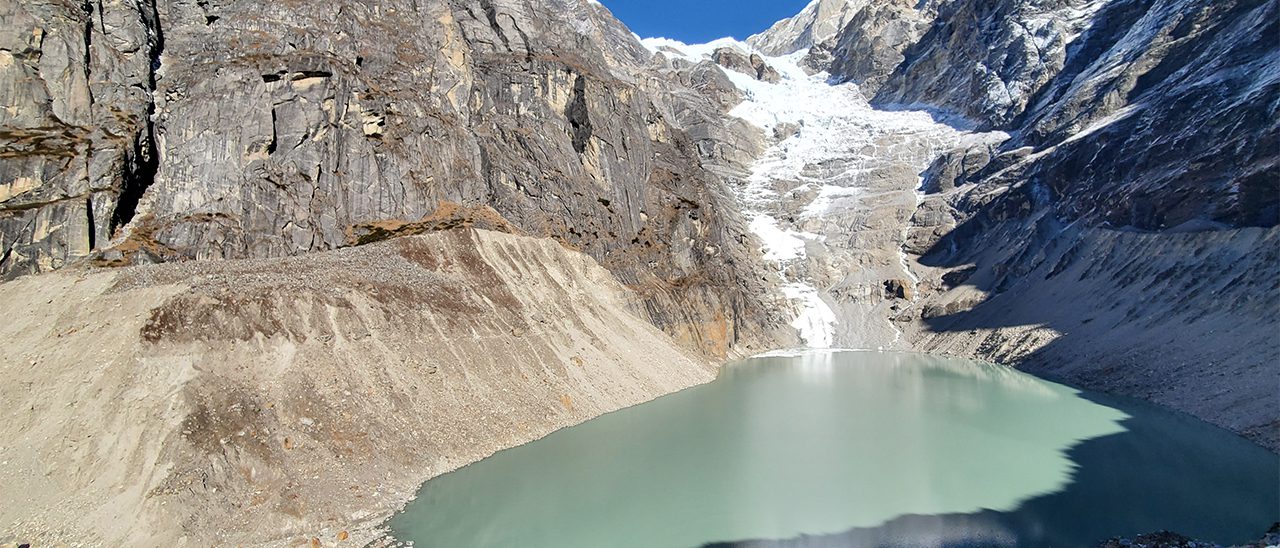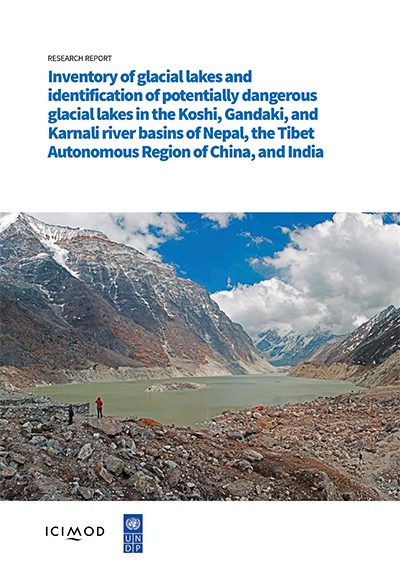This site uses cookies, as explained in our terms of use. If you consent, please close this message and continue to use this site.

ICIMOD–UNDP report ranks 47 potentially dangerous glacial lakes

Glaciers in the Himalaya have shown a steady decline since the mid-20th century. The resultant formation of new lakes and the expansion of existing glacial lakes heighten the risk of glacial lake outburst floods (GLOFs). Our joint report with the United Nations Development Programme (UNDP) provides an update on the status and changes in the number and area of glacial lakes in the Koshi, Gandaki, and Karnali river basins in Nepal, the Tibet Autonomous Region of China, and India. The report identifies 3,624 glacial lakes equal to or larger than 0.003 km2 – approximately 2.4 times bigger than a standard, Olympic-size swimming pool – in these basins. Of these, 2,070 lakes are in Nepal, 1,509 in the Tibet Autonomous Region of China, and 45 in India. We identified 47 potentially dangerous glacial lakes (PDGLs) across the three basins and countries – 25 in China, 21 in Nepal, and one in India – and grouped them into three categories in order of potential danger. Lakes in Rank I have the highest risk of breaching. Those in Ranks II and III have the potential to grow and need close and regular monitoring. Thirty-one PDGLs have been classed as Rank I, 12 as Rank II, and four as Rank III. Based on the information made available, PDGLs can be selected for the implementation of risk reduction measures and the installation of monitoring stations and early warning systems.
